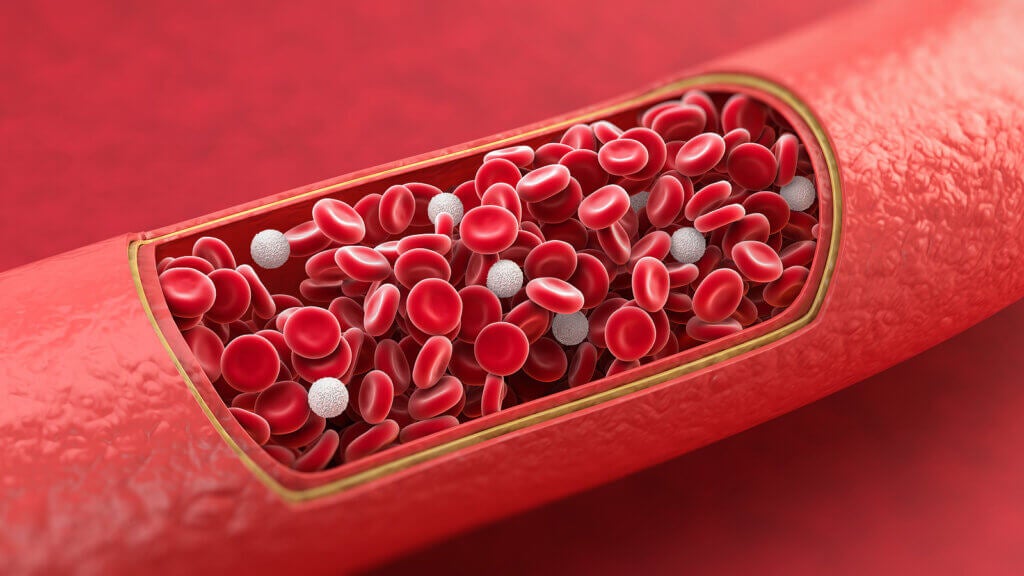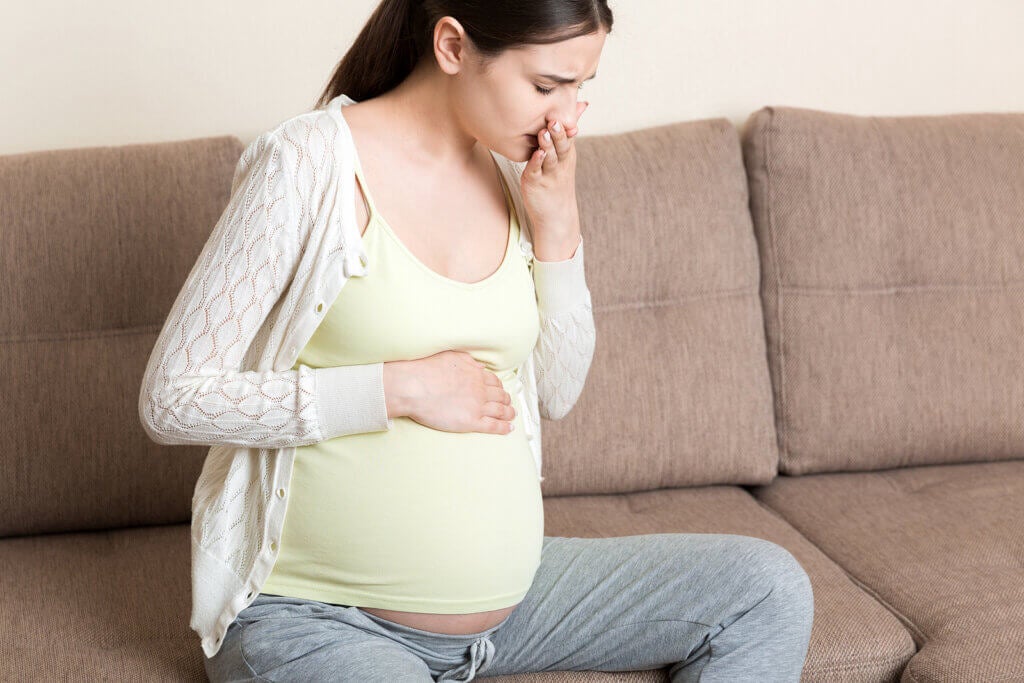What Are Seasonal Allergies?
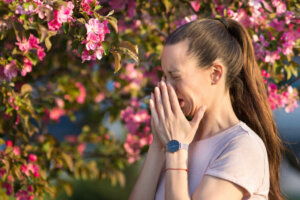
Allergic reactions that occur at a specific time of year are known as seasonal allergies. They’re different from perennial allergies, which can develop at any time of the year. It’s often referred to as hay fever or allergic rhinitis, although specialists can also use this term for other types of reactions.
Allergic patients must take special measures during these months of the year, both to anticipate symptoms and to act when they have them. We’ll show you everything you should know about this type of allergy, including the main triggers according to the season.
Pollen and seasonal allergies
As the Asthma and Allergy Foundation of America reminds us, pollen is the leading cause of seasonal allergies. It’s a very fine powder that contains genetic material that some plants use for their reproduction.
Sometimes insects contribute to fertilization. In other plants, the wind is used to transport pollen to its host. The latter types are the ones that cause most allergic reactions.
Spring
Spring is the season of choice for seasonal allergies. Most trees release pollen during these months, especially those in the olive, ash, elm, oak, birch, and poplar families. The days with the greatest amounts of sunlight and wind tend to be the ones with the highest pollen counts in the air.
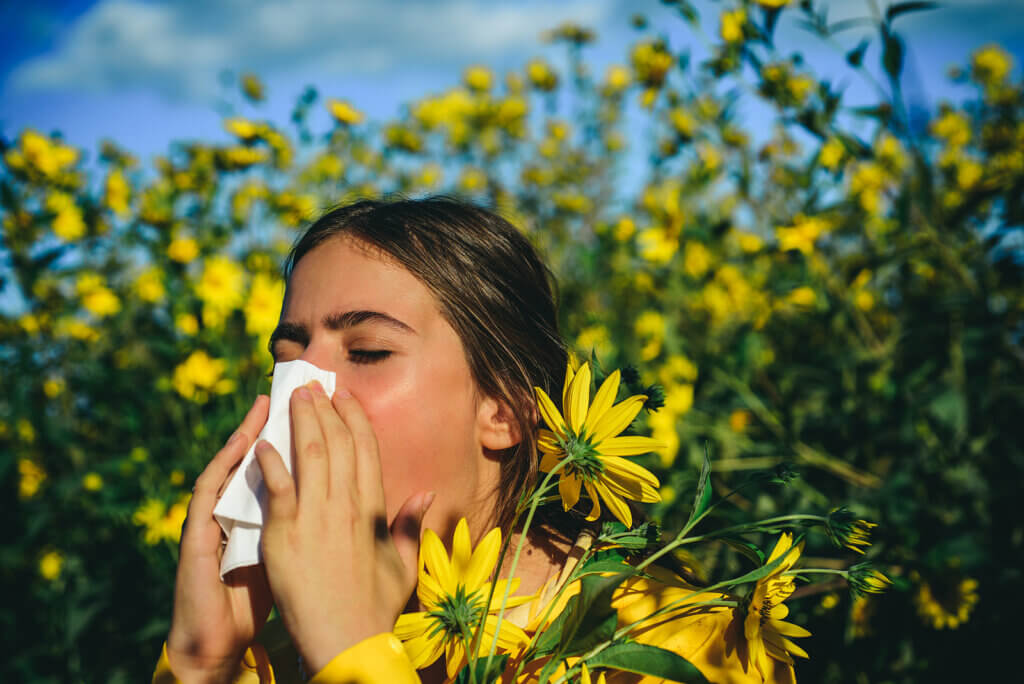
Summer
During the summer, pollen is released from almost all species of grasses and weeds. In this way, Orchard, Johnson’s Grass, Sweet Grass, and English Plantain, just to mention a few subspecies, remain active during this season.
Autumn
Autumn is when several species of plants release pollen, but, without a doubt, the most significant is ragweed. Studies indicate that between 15% and 26% of the population is sensitive to it, especially in regions of North America, South America, Australia, and some areas of Europe.
Special situations
In tropical countries, allergens are present almost all year round, except for the rainy season. It can help reduce pollen in the air, although it returns to normal levels after the weather has subsided.
Fungi spores can also cause seasonal allergies. Both these and pollen can travel tens and even hundreds of kilometers on a dry day with blizzards. This is why you can develop allergic reactions even if you live in the center of a city with little surrounding vegetation.
As we indicated at the beginning, other types of allergies are also considered seasonal. The use of certain cooking ingredients during special times (Christmas, Valentine’s Day, and Halloween) and the proliferation of some insects also cause allergies.
Tips for dealing with seasonal allergies
Since allergic patients have to face this type of exposure once or several times a year, it’s very important that they take precautions. Some allergists may recommend taking certain medications a week or two before the season, especially in patients with moderate or severe reactions.
In parallel with this, you can take into account the following:
- Pay attention to pollen and mold counts from the daily weather reports. You can find them on the radio or on television. You can also check them online.
- Keep doors and windows closed during the allergic season, especially in the morning (most plants secrete pollen between 10:00 am and 3:00 pm).
- Wash your hands frequently.
- Change your clothes and wash them when returning home after being out.
- Dry your clothes indoors. If you do it outside, pollen can stick to it.
- Wear a mask and glasses when going out if you’re particularly sensitive.
The most important thing is to consult with an allergist to determine the type of trigger that causes your allergy. In this way, you can be aware of the months with the highest activity, as well as the areas with the highest prevalence.
In addition, knowing the specific allergen can also make you a candidate for immunotherapy sessions. This consists of the application of vaccines or the intake of tablets designed to reduce your sensitivity. Studies support its use, especially during the first third of life.
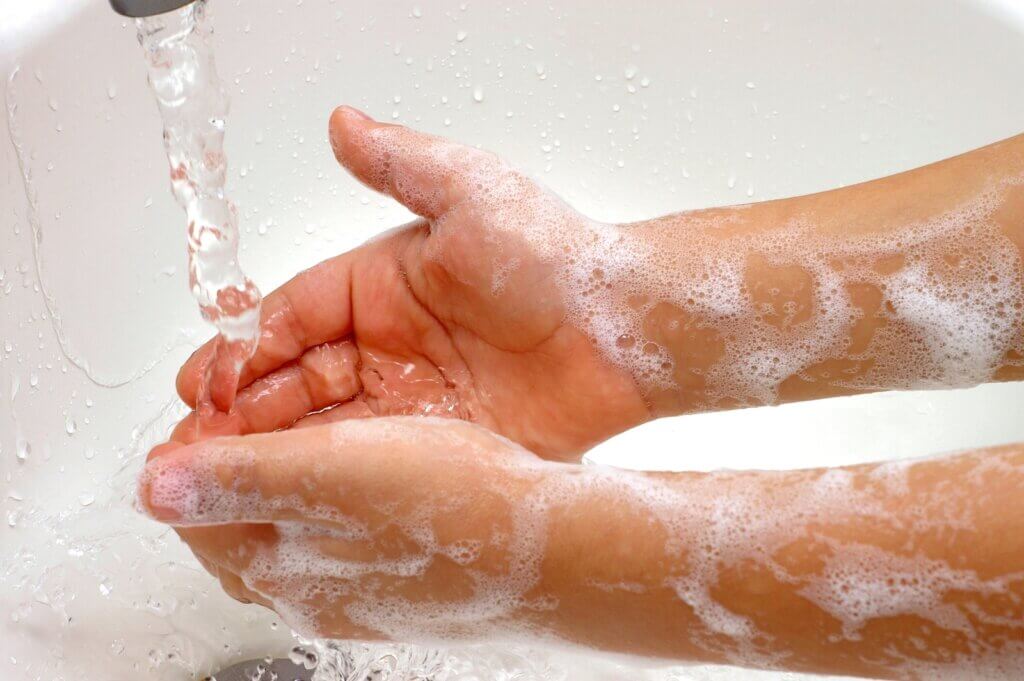
How is a seasonal allergy treated?
Although they can give you a hard time, most seasonal allergies can be treated effectively. The Food and Drug Administration (FDA) approves the use of the following options:
- Antihistamines (oral and aerosol)
- Nasal corticosteroids
- Decongestants
- Mast cell stabilizers
This is the standard treatment, although a few patients will require epinephrine injections for severe allergic reactions. Epinephrine works in seconds and frees the airways.
Most of the options listed are available without a prescription, but you should use them with caution to avoid side effects. Consult with a specialist to determine which options best suit your case.
Allergic reactions that occur at a specific time of year are known as seasonal allergies. They’re different from perennial allergies, which can develop at any time of the year. It’s often referred to as hay fever or allergic rhinitis, although specialists can also use this term for other types of reactions.
Allergic patients must take special measures during these months of the year, both to anticipate symptoms and to act when they have them. We’ll show you everything you should know about this type of allergy, including the main triggers according to the season.
Pollen and seasonal allergies
As the Asthma and Allergy Foundation of America reminds us, pollen is the leading cause of seasonal allergies. It’s a very fine powder that contains genetic material that some plants use for their reproduction.
Sometimes insects contribute to fertilization. In other plants, the wind is used to transport pollen to its host. The latter types are the ones that cause most allergic reactions.
Spring
Spring is the season of choice for seasonal allergies. Most trees release pollen during these months, especially those in the olive, ash, elm, oak, birch, and poplar families. The days with the greatest amounts of sunlight and wind tend to be the ones with the highest pollen counts in the air.

Summer
During the summer, pollen is released from almost all species of grasses and weeds. In this way, Orchard, Johnson’s Grass, Sweet Grass, and English Plantain, just to mention a few subspecies, remain active during this season.
Autumn
Autumn is when several species of plants release pollen, but, without a doubt, the most significant is ragweed. Studies indicate that between 15% and 26% of the population is sensitive to it, especially in regions of North America, South America, Australia, and some areas of Europe.
Special situations
In tropical countries, allergens are present almost all year round, except for the rainy season. It can help reduce pollen in the air, although it returns to normal levels after the weather has subsided.
Fungi spores can also cause seasonal allergies. Both these and pollen can travel tens and even hundreds of kilometers on a dry day with blizzards. This is why you can develop allergic reactions even if you live in the center of a city with little surrounding vegetation.
As we indicated at the beginning, other types of allergies are also considered seasonal. The use of certain cooking ingredients during special times (Christmas, Valentine’s Day, and Halloween) and the proliferation of some insects also cause allergies.
Tips for dealing with seasonal allergies
Since allergic patients have to face this type of exposure once or several times a year, it’s very important that they take precautions. Some allergists may recommend taking certain medications a week or two before the season, especially in patients with moderate or severe reactions.
In parallel with this, you can take into account the following:
- Pay attention to pollen and mold counts from the daily weather reports. You can find them on the radio or on television. You can also check them online.
- Keep doors and windows closed during the allergic season, especially in the morning (most plants secrete pollen between 10:00 am and 3:00 pm).
- Wash your hands frequently.
- Change your clothes and wash them when returning home after being out.
- Dry your clothes indoors. If you do it outside, pollen can stick to it.
- Wear a mask and glasses when going out if you’re particularly sensitive.
The most important thing is to consult with an allergist to determine the type of trigger that causes your allergy. In this way, you can be aware of the months with the highest activity, as well as the areas with the highest prevalence.
In addition, knowing the specific allergen can also make you a candidate for immunotherapy sessions. This consists of the application of vaccines or the intake of tablets designed to reduce your sensitivity. Studies support its use, especially during the first third of life.

How is a seasonal allergy treated?
Although they can give you a hard time, most seasonal allergies can be treated effectively. The Food and Drug Administration (FDA) approves the use of the following options:
- Antihistamines (oral and aerosol)
- Nasal corticosteroids
- Decongestants
- Mast cell stabilizers
This is the standard treatment, although a few patients will require epinephrine injections for severe allergic reactions. Epinephrine works in seconds and frees the airways.
Most of the options listed are available without a prescription, but you should use them with caution to avoid side effects. Consult with a specialist to determine which options best suit your case.
- Chen KW, Marusciac L, Tamas PT, Valenta R, Panaitescu C. Ragweed Pollen Allergy: Burden, Characteristics, and Management of an Imported Allergen Source in Europe. Int Arch Allergy Immunol. 2018;176(3-4):163-180.
- Yanagida N, Sato S, Ebisawa M. Clinical aspects of oral immunotherapy for the treatment of allergies. Semin Immunol. 2017 Apr; 30:45-51.
Este texto se ofrece únicamente con propósitos informativos y no reemplaza la consulta con un profesional. Ante dudas, consulta a tu especialista.



